Few natural wonders compare to a total solar eclipse. Since ancient times, people have been fascinated by these rare occurrences. The history of total solar eclipses is rich and intriguing, spanning thousands of years. While we now understand the science behind the phenomena, there was once a time when fiction and fantasy had a much more significant role to play. Here are 10 Interesting Facts About Eclipse you might not know about.
Table of Contents
- Solar Eclipse Only Occur at New Moon
- 4 Types of Solar eclipse
- Solar Eclipse Go Through Cycles
- 4 Stages to a Total Solar Eclipse
- Totality is Safe to Look At
- Turns to Night During Totality
- 7 Minutes of Totality
- Eventually Earth Won’t Have Eclipses
- Solar Eclipse Have Been Both Feared and Revered
- Total Solar Eclipses Have Altered the Course of History
- Final Thoughts
Solar Eclipse Only Occur at New Moon
It is said to be new once the Moon moves between the Earth and the Sun. At that time, the sunlit half of the Moon is turned away from us, and the Moon is invisible to observers on Earth. If the Sun, Moon, and Earth are also in direct alignment, then the Moon will appear to move across the face of the Sun, and we’ll see a solar eclipse.
However, no eclipse happens because of the Moon’s slightly tipped orbit, which causes it to seem to pass either above or below the Sun in the sky. So even though a solar eclipse can only happen during a new moon, it doesn’t always result in one!
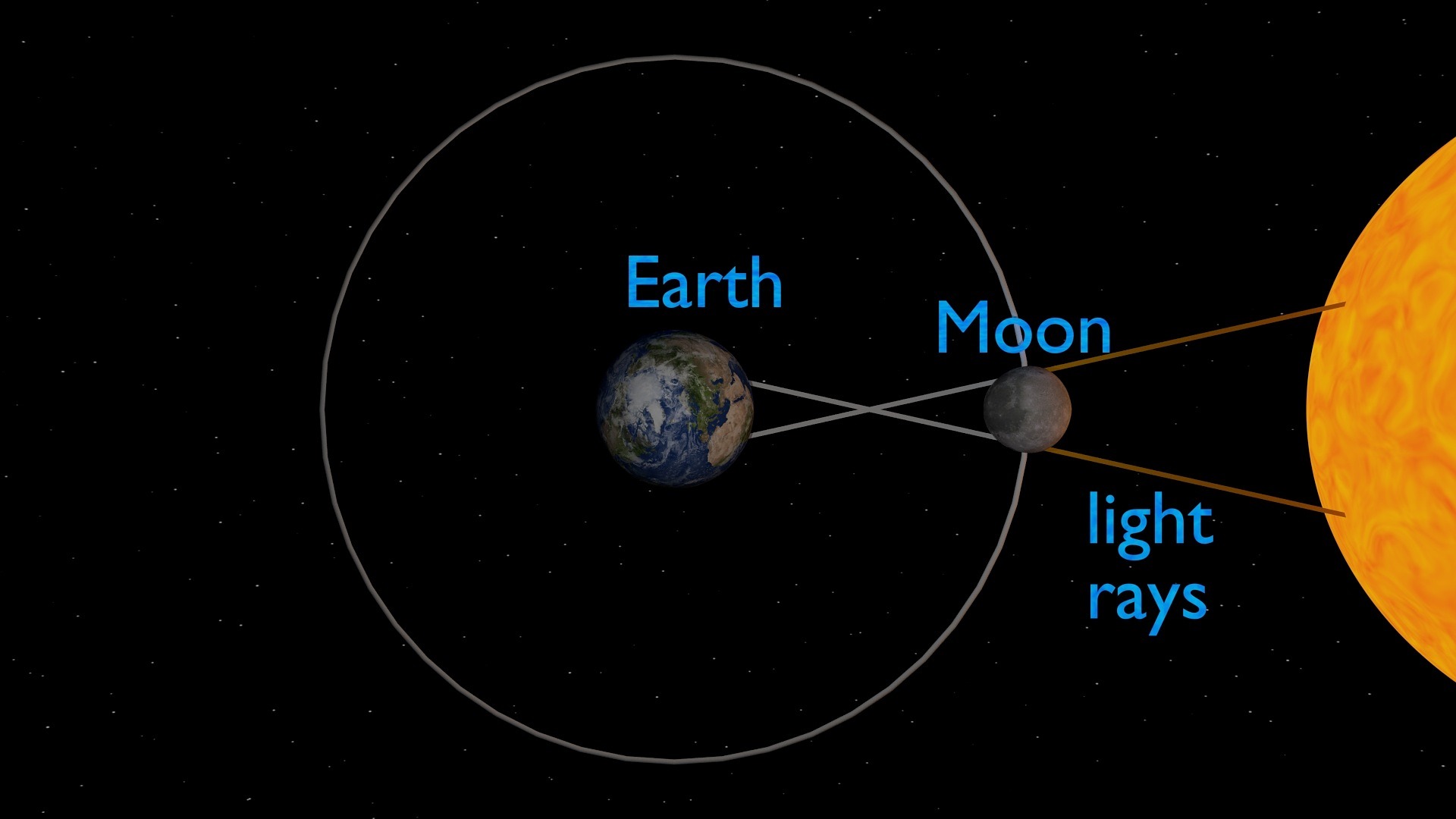
Also Read: 2024 Palindrome dates rare numerical phenomenon
4 Types of Solar eclipse
Interesting facts about solar eclipses include their diverse types and the factors determining which type is visible from a particular location. There are four different kinds of solar eclipses: hybrid, annular, total, and partial. Which one you see will depend on the Moon’s phase and your geographical position on Earth.
• Alignment of Sun, Moon, and Earth: The Moon blocks out the Sun’s disc when the Sun, Moon, and Earth are in alignment.
• Partial Solar Eclipse: The Moon covers a part of the Sun’s disc, but the Sun, Moon, and Earth are not precisely aligned.
• Annular Solar Eclipse: The Moon appears too small to encircle the Sun completely, resulting in a “ring of fire” impression.
• Hybrid Solar Eclipse: Rare, occurs when the Moon is at the correct distance from Earth. Observers at the start and end of the path see an annular eclipse, while those in the middle see a total eclipse.
Solar Eclipse Go Through Cycles
You might think every eclipse is unique, but that’s not entirely true. Fun facts about eclipses: they repeat themselves every 18 years (6,585.3 days, to be precise), with only the eclipse’s geographical visibility from Earth being different.
For example, the last solar eclipse of the 20th century occurred on August 11th, 1999, with the path of totality stretching west to east across Europe and Asia. Eighteen years and ten days later, on August 21st, 2017, the same eclipse occurred, but with the path of totality cutting across North America instead, from the Pacific to the Atlantic.
Also Read:Everything about the April 8, 2024 Total Solar Eclipse
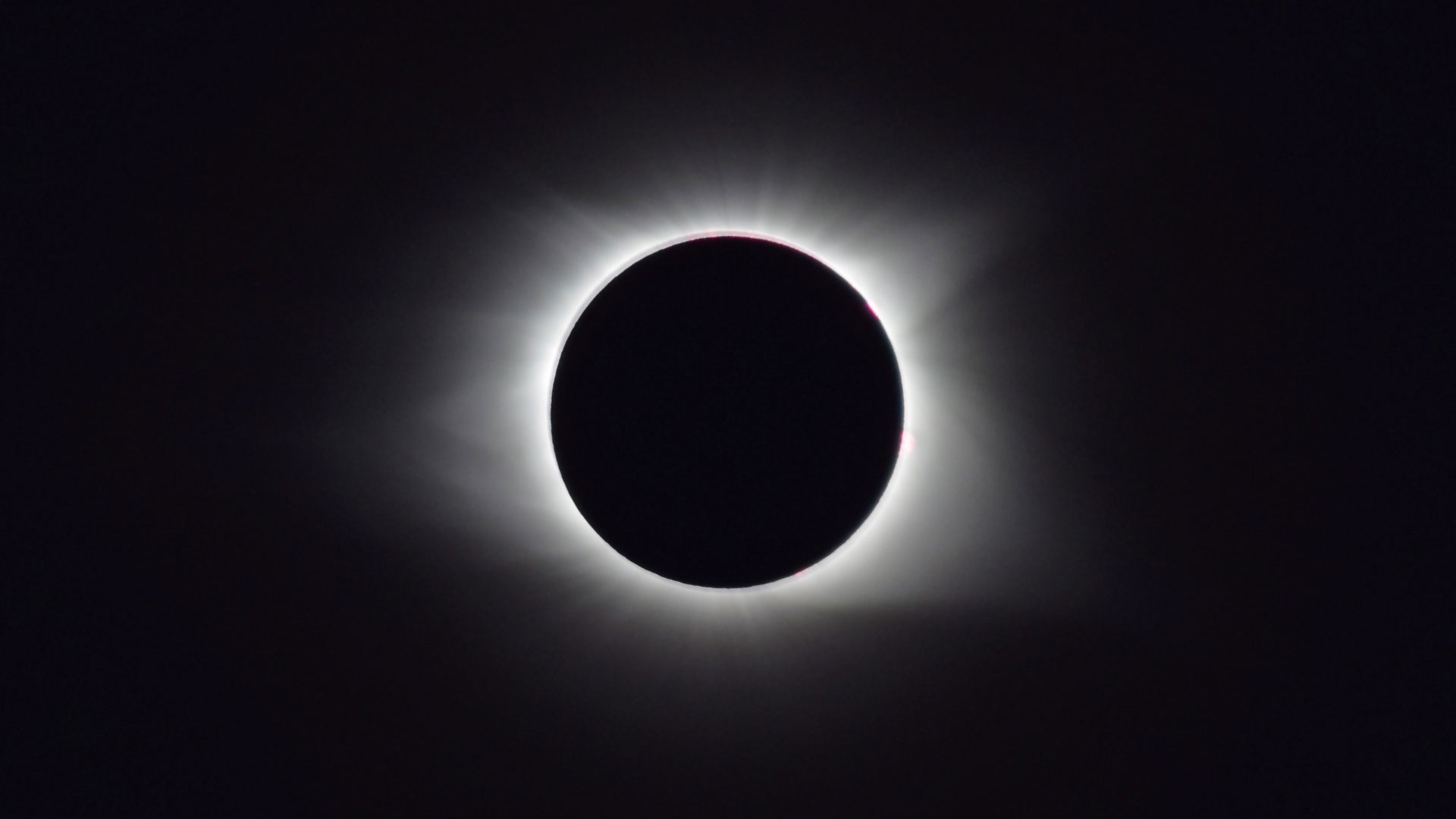
4 Stages to a Total Solar Eclipse
Another interesting fact about solar eclipses is that they usually lasts a little over two and a half hours, during which it passes through four different phases.
• First contact: Moon’s leading edge first touches Sun’s leading edge, initiating a partial phase.
• Second contact: Moon edges across Sun’s face for 75 minutes, completing Sun’s totality phase.
• Third contact: Moon’s leading edge touches Sun’s trailing edge, ending totality and triggering a second partial phase.
• Fourth contact: Moon’s trailing edge meets Sun’s trailing edge, ending the eclipse.
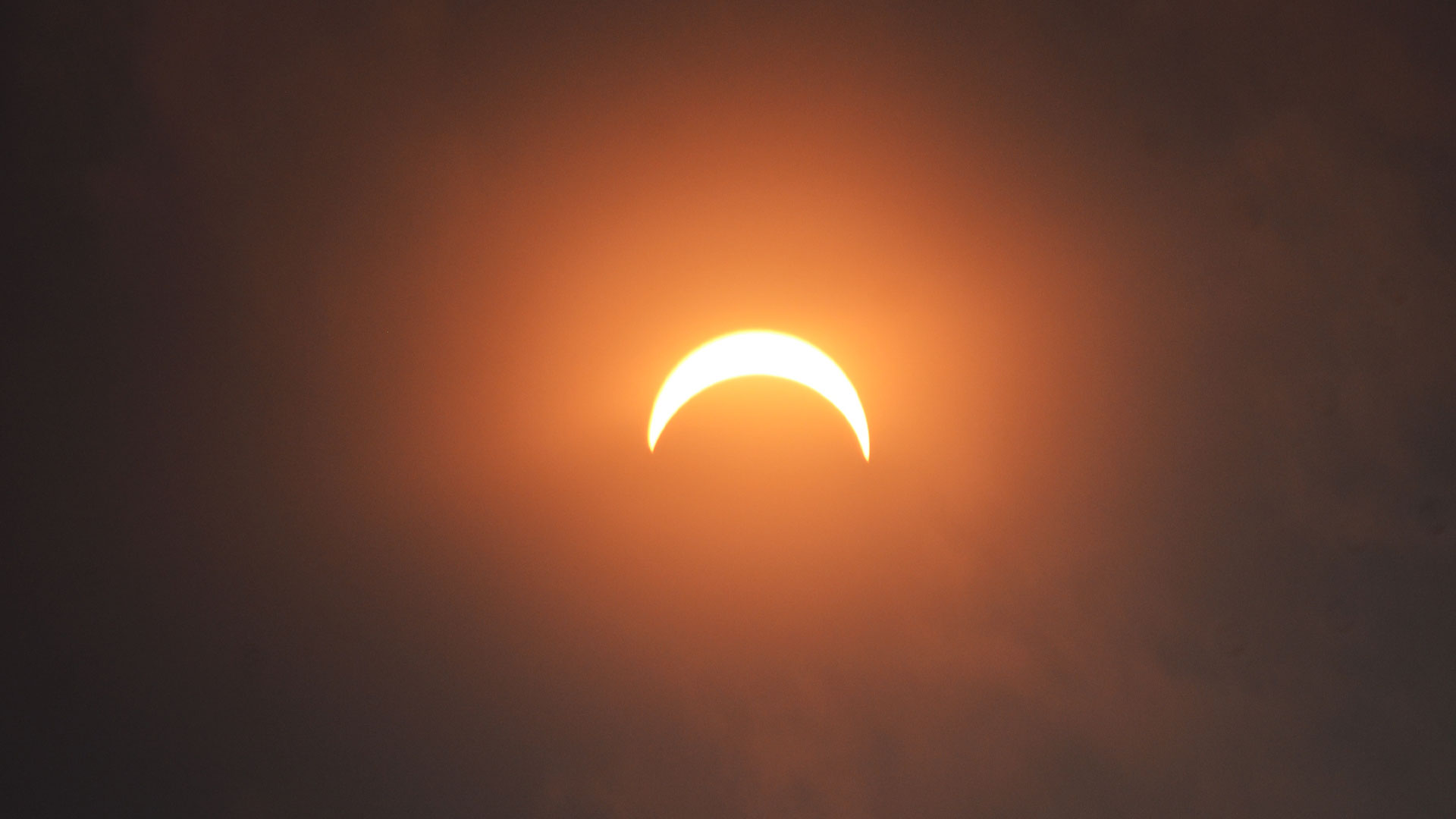
Totality is Safe to Look At
It is safe to see the eclipse without a solar filter or glasses when the Moon’s disk completely encloses the Sun. To experience the event’s awesomeness, you must look at the Sun without a filter during totality.
Turns to Night During Totality
You know the stars shine at night when the Sun is behind the horizon. The sky is brilliant blue during the day because molecules in our atmosphere deflect sunlight, making it impossible to see stars. Our sky is blue because blue light has the shortest wavelength and scatters more.
The Moon blocks sunlight during a total solar eclipse, darkening the sky. Thus, stars and planets above the horizon briefly reemerge. This confuses local wildlife. The temperature lowers, birds retreat to their nests, and watchers stand in spooky, silent darkness—except for their gasps of astonishment!
7 Minutes of Totality
Every eclipse has a different duration of totality, based on the eclipse’s specifics and your geographic location. Very few total solar eclipses last longer than 7 minutes and 32 seconds. The next total solar eclipse will occur on July 27, 2224; the last lasted more than seven minutes on June 30, 1973.
Where you stand in the Moon’s shadow affects the total length. Standing dead in the center of the shadow midway down its path will give you the longest totality for that eclipse. Totality lasts shorter the farther you are from the halfway point and shadow center. Totality may last only a few seconds if you’re near the Moon’s edge.
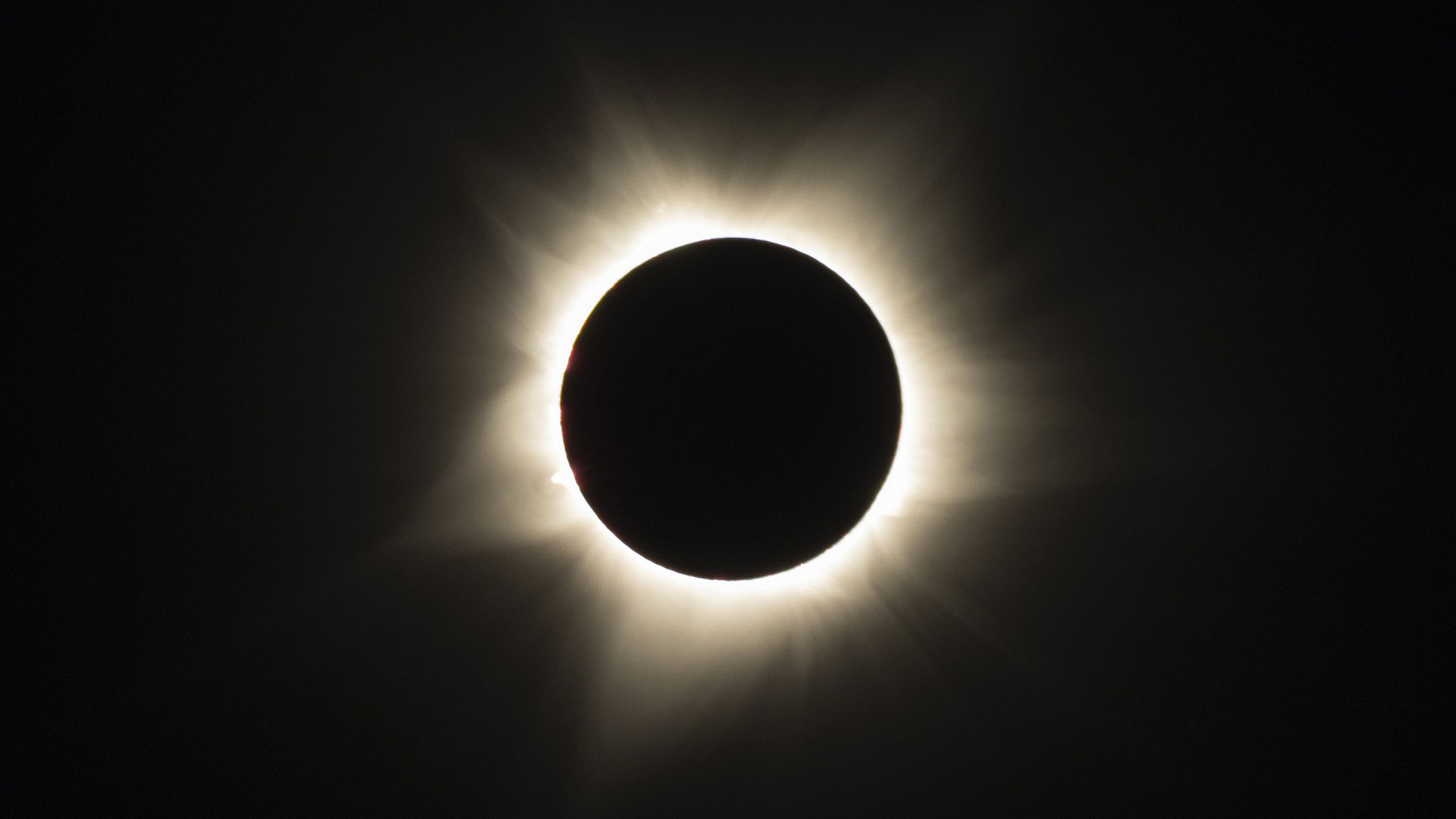
Eventually Earth Won’t Have Eclipses
This is a unique time in Earth’s history. The moon is moving about an inch away from the Earth each year. The distances between the Earth and the moon and the Earth and the sun make their sizes appear almost identical, allowing for total eclipses. Eventually, Earth will only get annular eclipses.
Solar Eclipse Have Been Both Feared and Revered
Worldwide, societies feared eclipses. Many felt they were dreadful omens and astrologers could die if they failed to forecast one. Bakunawa, the “Moon-Eater” or “Eclipse Bringer” in Filipino legend, was supposed to devour the Sun, but witnesses would make loud noises to scare it away.
Eclipses are an excellent time for Pagans to commune with their gods and goddesses, symbolizing new beginnings, growth, and personal change. The Navajo worship, tell stories and teach customs during total solar eclipses, and many revere them. Einstein’s four-year-old Theory of General Relativity was tested during a complete solar eclipse on May 29, 1919.
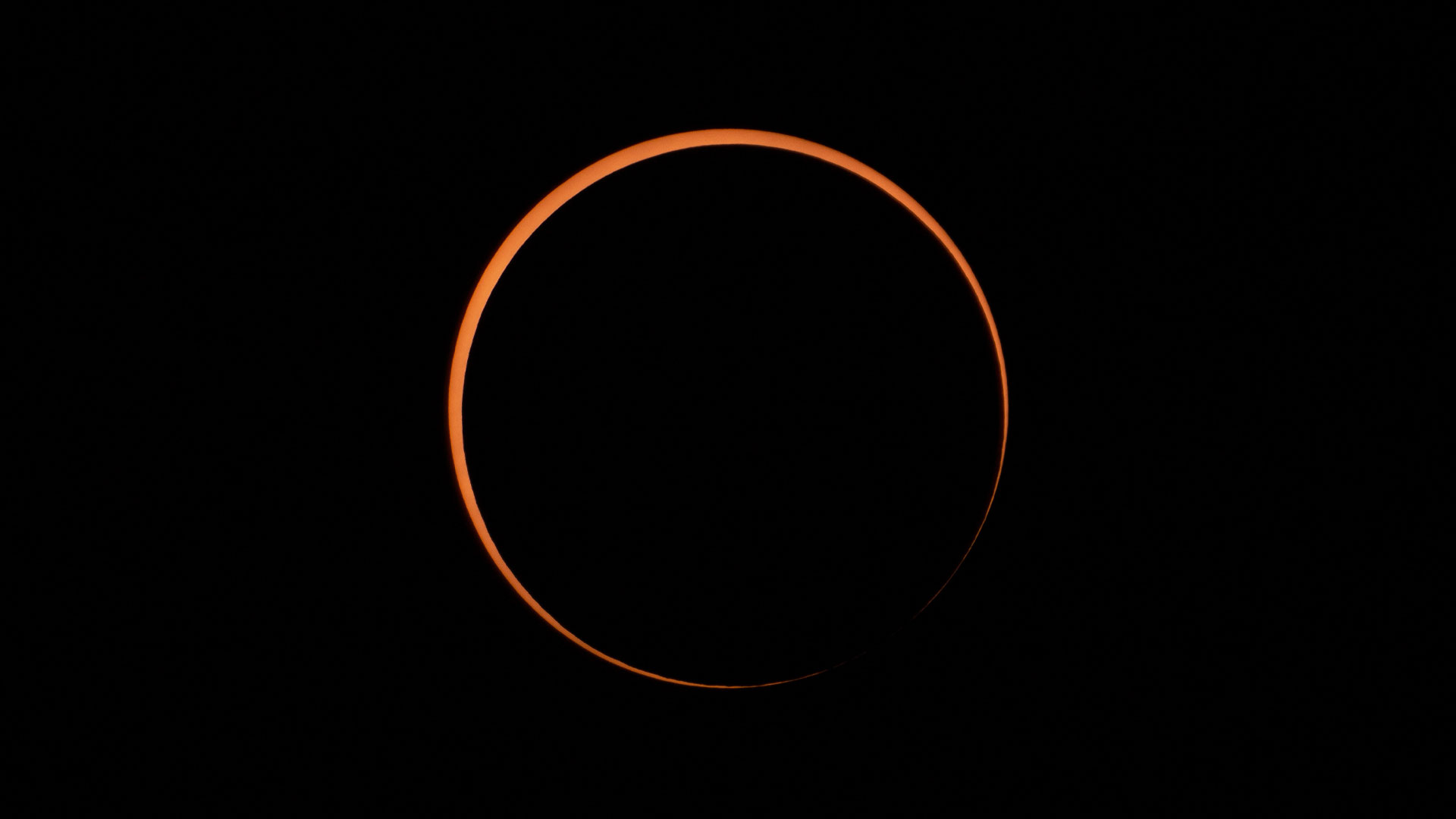
Total Solar Eclipses Have Altered the Course of History
Given the nature of the phenomena and the fear and superstitions associated with them, it’s perhaps not surprising to learn that solar eclipses have altered the course of history. For example, the Battle of Halys occurred in the 6th century BCE and culminated in a 15-year war between the Lydians of modern-day Turkey and the Medes of modern-day Iran.
On May 28th, 585 BCE, the two armies were battling near the Halys River (now the Kızılırmak River) in Turkey when a total solar eclipse darkened the skies. Interpreting the event as a warning from their gods, the combatants laid down their weapons as their kings declared a ceasefire and negotiated a treaty.
Final Thoughts
Since ancient times, the solar eclipse has fascinated humans as a scientific marvel and cultural icon. The scientific details explain how eclipses occur on a new moon when the Moon aligns with the Earth and Sun. The four varieties of solar eclipse—hybrid, annular, total, and partial—are affected by lunar phases and location. Eclipses may not always bring an end to war or allow you to commune with gods, but understanding the facts behind them can undoubtedly inspire a deeper appreciation for what you’re seeing: the Sun, Moon, and Earth aligning, with you standing in the shadow of the Moon, in just the right place, and at the right time, to experience it!
Keep Reading: Moon Landers resumes operation says Japan
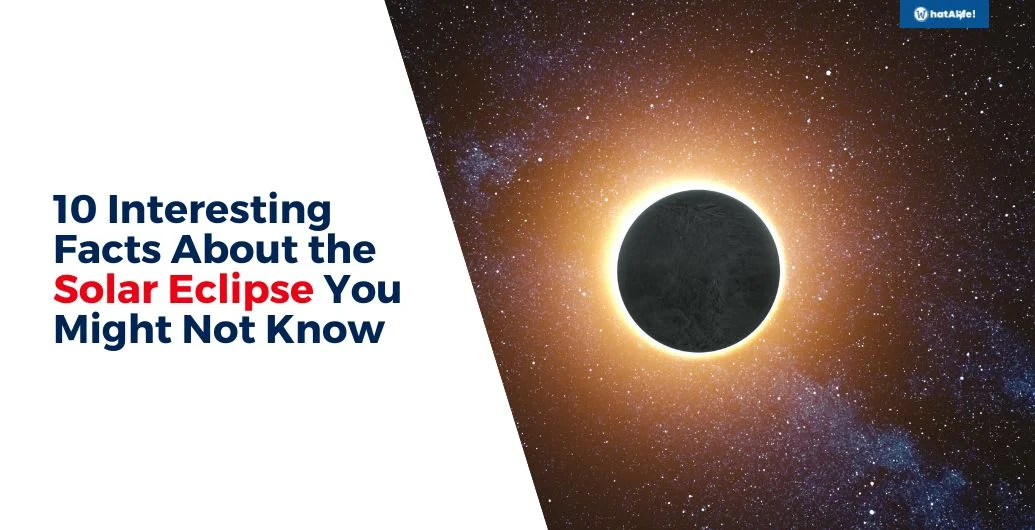


Leave a Reply